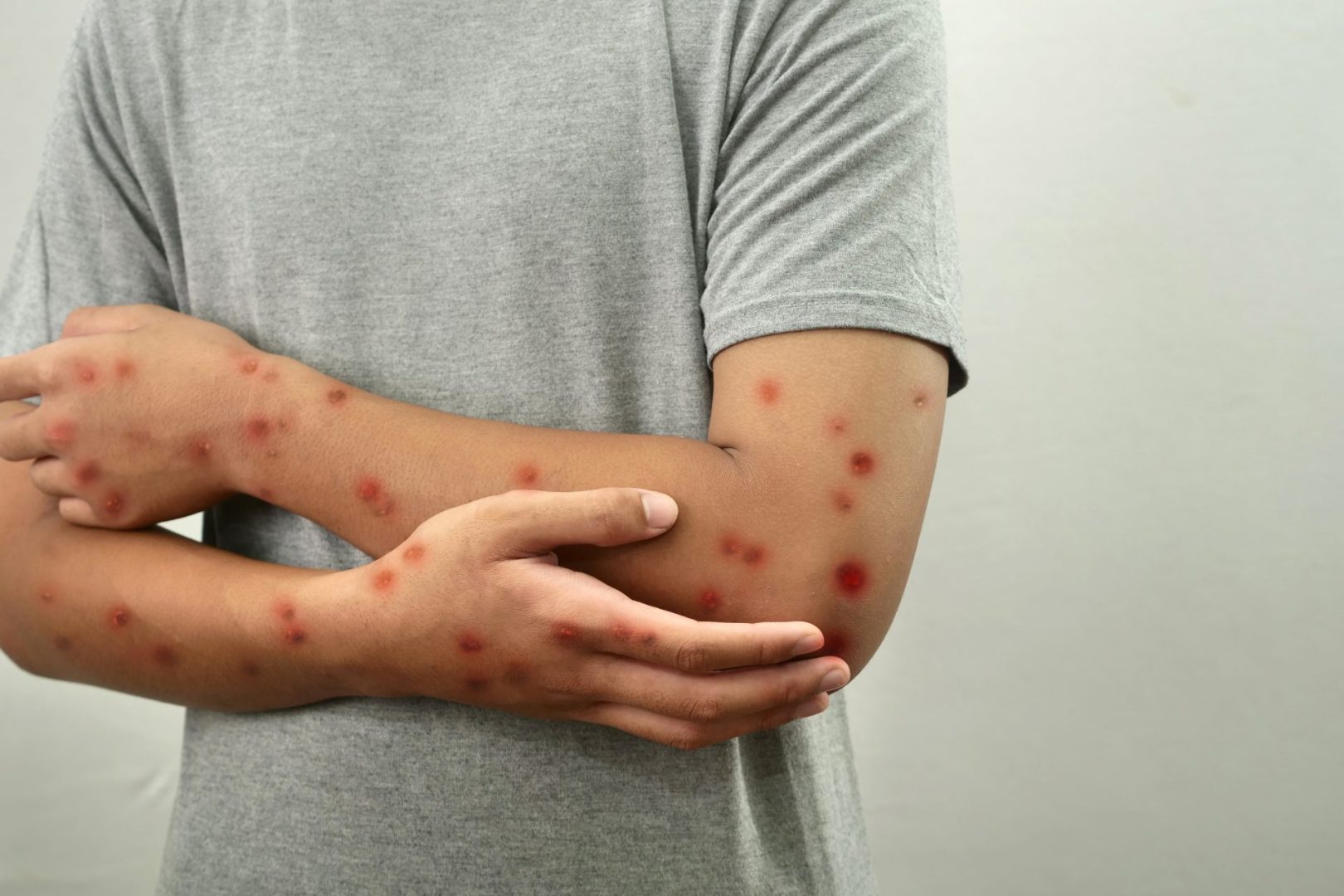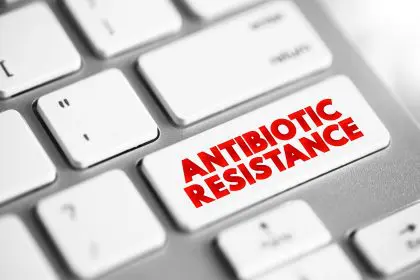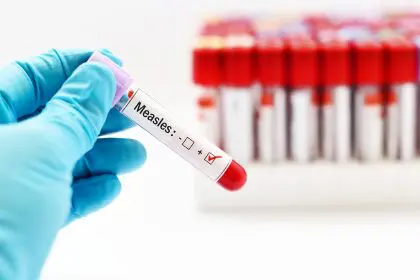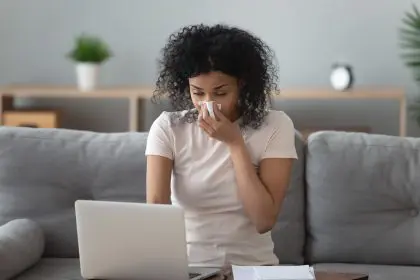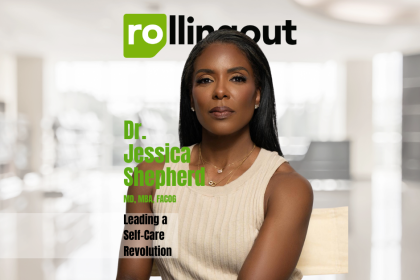In a time when health awareness is paramount, medical experts are shedding light on mpox, a viral infection that has gained increased attention. While the condition, previously known as monkeypox, may sound alarming, understanding its transmission, symptoms, and prevention can help protect you and your loved ones. The virus, first discovered in 1958, has evolved in both our understanding and its impact on human health.
How the virus spreads
Dr. Luis Ostrovsky, a leading infectious disease specialist, explains that mpox primarily spreads through close person-to-person contact, particularly intimate or skin-to-skin interactions. “Unlike some other viruses, mpox isn’t typically transmitted through casual respiratory contact,” he notes, offering reassurance that masks aren’t necessary for the general public.
The timeline of transmission
The virus presents a specific window of contagion that starts with the first appearance of symptoms and continues until complete healing occurs. During this period, which typically lasts two to four weeks, infected individuals can transmit the virus through:
- Direct skin-to-skin contact
- Contact with contaminated items like bedding or clothing
- Close respiratory contact, though this is less common
Recognizing the warning signs
The onset of mpox symptoms usually occurs within 21 days of exposure. Dr. Andrew Noymer from the University of California, Irvine, outlines the progression of symptoms that people should watch for:
- Initial symptoms often include fever, chills, and fatigue
- Muscle aches and headaches may follow
- Swollen lymph nodes frequently develop
- A distinctive rash appears, often resembling pimples or blisters
The characteristic rash
Perhaps the most recognizable sign of mpox is its distinctive rash. Medical professionals indicate that these lesions commonly appear in specific areas:
- Hands and feet
- Chest region
- Facial area
- Mouth
- Genital region
Essential prevention strategies
Health officials have outlined several key strategies to prevent mpox transmission:
- Avoid skin-to-skin contact with potentially infected individuals
- Maintain regular handwashing practices
- Clean and disinfect surfaces frequently
- Limit intimate encounters, especially with multiple partners
- Use protective equipment when caring for infected individuals
Special considerations for caregivers
Those caring for individuals with mpox face unique challenges and requirements. Healthcare professionals recommend:
- Wearing N95 masks during close contact
- Using protective clothing
- Implementing strict hygiene protocols
- Avoiding sharing personal items
- Maintaining proper distance when possible
High-risk groups and considerations
While mpox can affect anyone, certain groups face higher risk levels. The CDC has provided specific guidance for these populations, including men who have sex with men, as they represent a significant portion of current cases. This guidance includes recommendations for safer sex practices and early vaccination when appropriate.
When to seek medical attention
Healthcare providers emphasize the importance of prompt medical consultation if you develop:
- Any unusual rash or skin changes
- Symptoms resembling mpox
- Known exposure to an infected person
- Persistent fever or fatigue
Treatment and recovery
While mpox typically resolves on its own, the recovery period requires careful attention:
- Complete isolation until all lesions heal
- Regular monitoring of symptoms
- Proper wound care
- Adequate rest and hydration
- Following medical provider instructions
Impact on daily life
During the healing process, which can last several weeks, individuals should:
- Work remotely if possible
- Avoid public transportation
- Maintain physical distance from household members
- Use separate utensils and personal items
- Keep living spaces clean and sanitized
Looking ahead
As health officials continue to monitor mpox cases in the U.S., staying informed and vigilant remains crucial. While the virus presents challenges, understanding its nature and following prescribed preventive measures can significantly reduce transmission risks.
The medical community emphasizes that while mpox requires serious attention, it’s manageable with proper precautions and care. By staying informed and following expert guidance, individuals can protect themselves and their communities from this viral infection.

